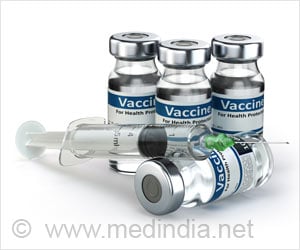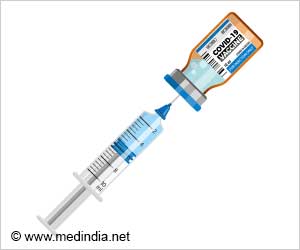A new type of drug called HDAC2 inhibitor was found to benefit patients with post traumatic stress disorder (PTSD), say MIT neuroscientists.

The new study also reveals the molecular mechanism explaining why older memories are harder to extinguish. Lead authors of the paper are former Picower Institute postdoc Johannes Graff and Nadine Joseph, a technical assistant at the Picower Institute.
Genes and memories
Tsai's lab has previously shown that when memories are formed, neurons' chromatin — DNA packaged with proteins — undergoes extensive remodeling. These chromatin modifications make it easier to activate the genes necessary to create new memories.
In this study, the researchers focused on chromatin modifications that occur when previously acquired memories are extinguished. To do this, they first trained mice to fear a particular chamber — by administering a mild foot shock — and then tried to recondition the mice so they no longer feared it, which was done by placing the mice in the chamber where they received the shock, without delivering the shock again.
This training proved successful in mice that had experienced the traumatic event only 24 hours before the reconditioning. However, in mice whose memories were 30 days old, it was impossible to eliminate the fearful memory.
In mice with 30-day-old memories, however, there was no change in histone acetylation. This suggests that re-exposure to a fearful memory opens a window of opportunity during which the memory can be altered, but only if the memory has recently been formed, Tsai says.
Based on this finding, the researchers decided to treat mice with 30-day-old memories with an HDAC2 inhibitor shortly after re-exposure to the feared chamber. Following this treatment, the traumatic memories were extinguished just as easily as in the mice with 24-hour-old memories.
The researchers also found that HDAC2 inhibitor treatment turns on a group of key genes known as immediate early genes, which then activate other genes necessary for memory formation. They also saw an increase in the number of connections among neurons in the hippocampus, where memories are formed, and in the strength of communication among these neurons.
"Our experiments really strongly argue that either the old memories are permanently being modified, or a new much more potent memory is formed that completely overwrites the old memory," Tsai says.
Treating anxiety
Some HDAC2 inhibitors have been approved to treat cancer, and Tsai says she believes it is worth trying such drugs to treat PTSD. "I hope this will convince people to seriously think about taking this into clinical trials and seeing how well it works," she says.
Such drugs might also be useful in treating people who suffer from phobias and other anxiety disorders, she adds.
Tsai's lab is now studying what happens to memory traces when re-exposure to traumatic memories occurs at different times. It is already known that memories are formed in the hippocampus and then transferred to the cortex for longer-term storage. It appears that the HDAC2 inhibitor treatment may somehow restore the memory to the hippocampus so it can be extinguished, Tsai says.
Source-Eurekalert
 MEDINDIA
MEDINDIA



 Email
Email






